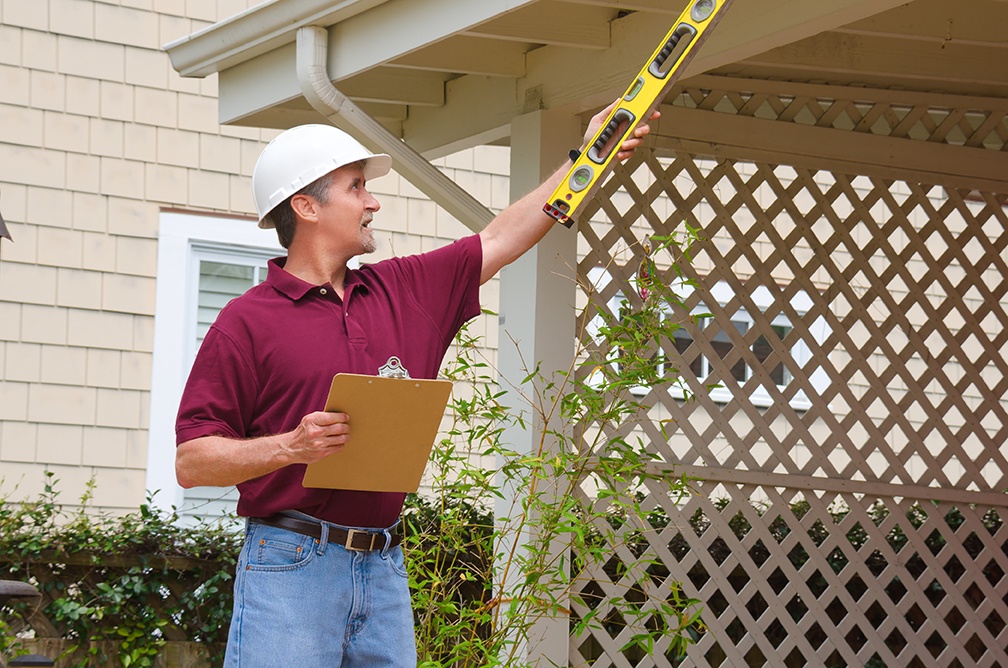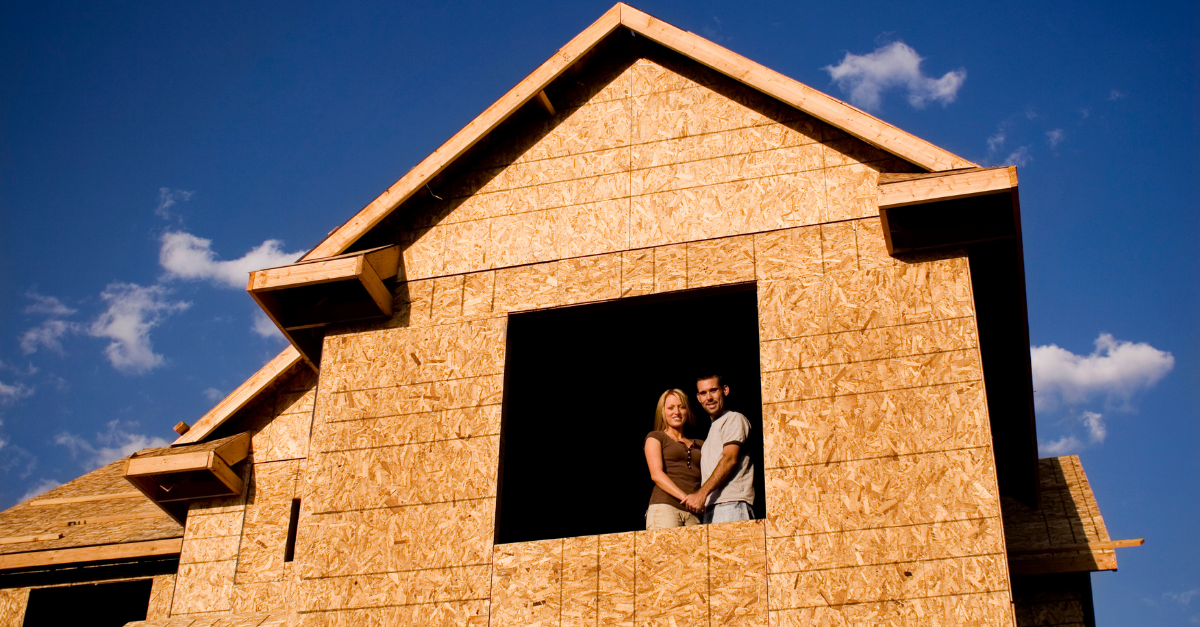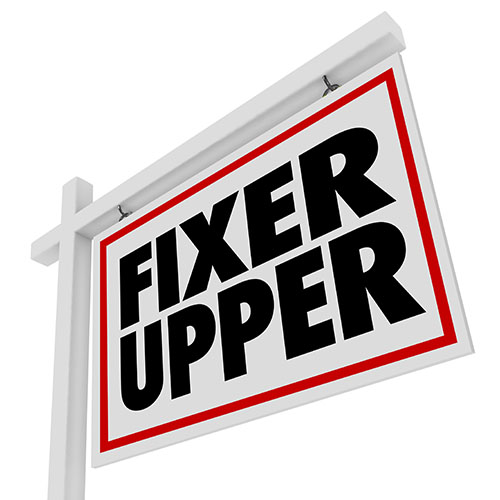 When it comes to purchasing a home, one of the most significant financial decisions you’ll make is how much to put down as a down payment. Your down payment not only affects the amount you need to borrow but also plays a vital role in determining your mortgage interest rate and overall financial stability. Here are crucial tips to keep in mind when making a down payment for a home:
When it comes to purchasing a home, one of the most significant financial decisions you’ll make is how much to put down as a down payment. Your down payment not only affects the amount you need to borrow but also plays a vital role in determining your mortgage interest rate and overall financial stability. Here are crucial tips to keep in mind when making a down payment for a home:
Determine Your Budget and Financial Goals:
Before you start setting aside money for a down payment, you must understand your budget and financial goals. Assess your current financial situation, including your income, expenses, and existing debt. Consider factors such as your credit score, job stability, and long-term financial objectives.
Make sure your down payment doesn’t deplete your savings entirely, leaving you vulnerable to unexpected expenses or emergencies. Typically, a down payment of 20% is recommended, as it can help you avoid private mortgage insurance (PMI) and secure a more favorable mortgage rate. However, if you can’t afford a 20% down payment, don’t worry – there are other options available, such as FHA loans or VA loans, which require smaller down payments.
Research Mortgage Options:
When deciding on a down payment amount, it’s crucial to explore the various mortgage options available. Different types of mortgages have different down payment requirements. Here are a few examples:
- Conventional Mortgage
- FHA Loan
- Non-QM Loan
- VA Loan
- USDA Loan
Research these options and discuss them with a mortgage professional to find the best fit for your financial situation and homeownership goals.
Plan for Closing Costs:
When budgeting for your down payment, don’t forget about closing costs. These are the additional expenses associated with finalizing the purchase of your home, such as appraisal fees, title insurance, and legal fees. On average, closing costs can range from 2% to 5% of the home’s purchase price.
To avoid any last-minute financial stress, it’s wise to save some extra money specifically for closing costs. You can also negotiate with the seller to cover a portion of these costs as part of your purchase agreement.
Making a down payment for a home is a significant financial decision that requires careful consideration and planning. By determining your budget, researching mortgage options, and accounting for closing costs, you can navigate the homebuying process with confidence and secure the home of your dreams while maintaining your financial stability. Remember, homeownership is a long-term commitment, and making an informed down payment is a critical step in building a secure and comfortable future for you and your family.
 Buying a new home is an exciting and significant milestone in anyone’s life. However, it’s essential to approach the homebuying process with caution and thoroughness to ensure that you’re making a sound investment. One crucial step in the homebuying journey is the home inspection. A home inspection is a comprehensive evaluation of a property’s condition, aiming to uncover any potential issues or concerns that could affect its value or safety. Below are some tips to remember when navigating a home inspection.
Buying a new home is an exciting and significant milestone in anyone’s life. However, it’s essential to approach the homebuying process with caution and thoroughness to ensure that you’re making a sound investment. One crucial step in the homebuying journey is the home inspection. A home inspection is a comprehensive evaluation of a property’s condition, aiming to uncover any potential issues or concerns that could affect its value or safety. Below are some tips to remember when navigating a home inspection. You’re ready to purchase a home, but you’ve looked at everything on the market and can’t find the perfect place. You’ve researched the school districts, neighborhoods and nearby amenities, and you know exactly in which area you want to live.
You’re ready to purchase a home, but you’ve looked at everything on the market and can’t find the perfect place. You’ve researched the school districts, neighborhoods and nearby amenities, and you know exactly in which area you want to live. If you enjoy history and fixing things, then it may be hard to drive by historic homes for sale without feeling the urge to buy one and fix it up.
If you enjoy history and fixing things, then it may be hard to drive by historic homes for sale without feeling the urge to buy one and fix it up.  The housing market has been through many ups and downs during the past 12 months. Now, buyers are facing a unique challenge as they try to find the right house in the perfect seller’s market. Right now, real estate is extremely competitive, as low inventory has continued for several months.
The housing market has been through many ups and downs during the past 12 months. Now, buyers are facing a unique challenge as they try to find the right house in the perfect seller’s market. Right now, real estate is extremely competitive, as low inventory has continued for several months.  In your imagination it seems like a great idea – you purchase an older run-down property and you have the chance to fix it up and turn it into the home of your dreams.
In your imagination it seems like a great idea – you purchase an older run-down property and you have the chance to fix it up and turn it into the home of your dreams.